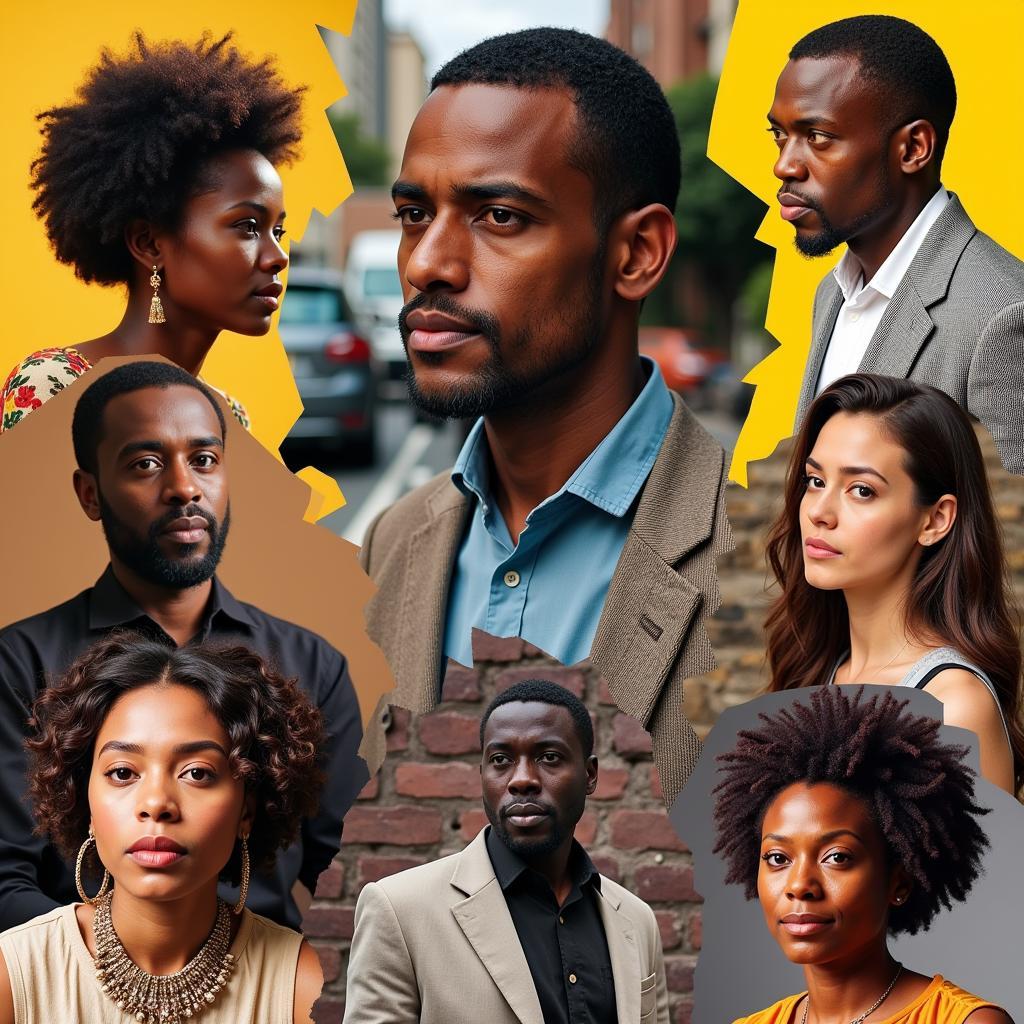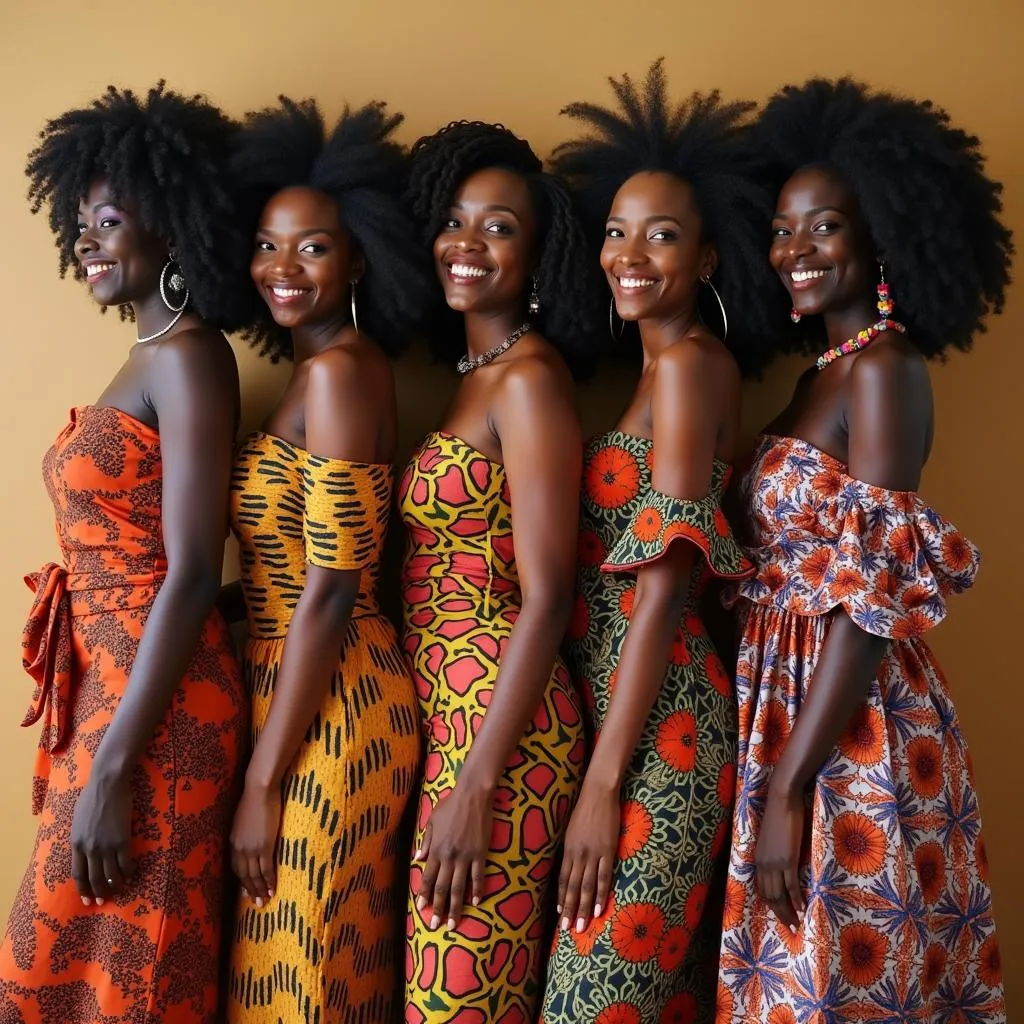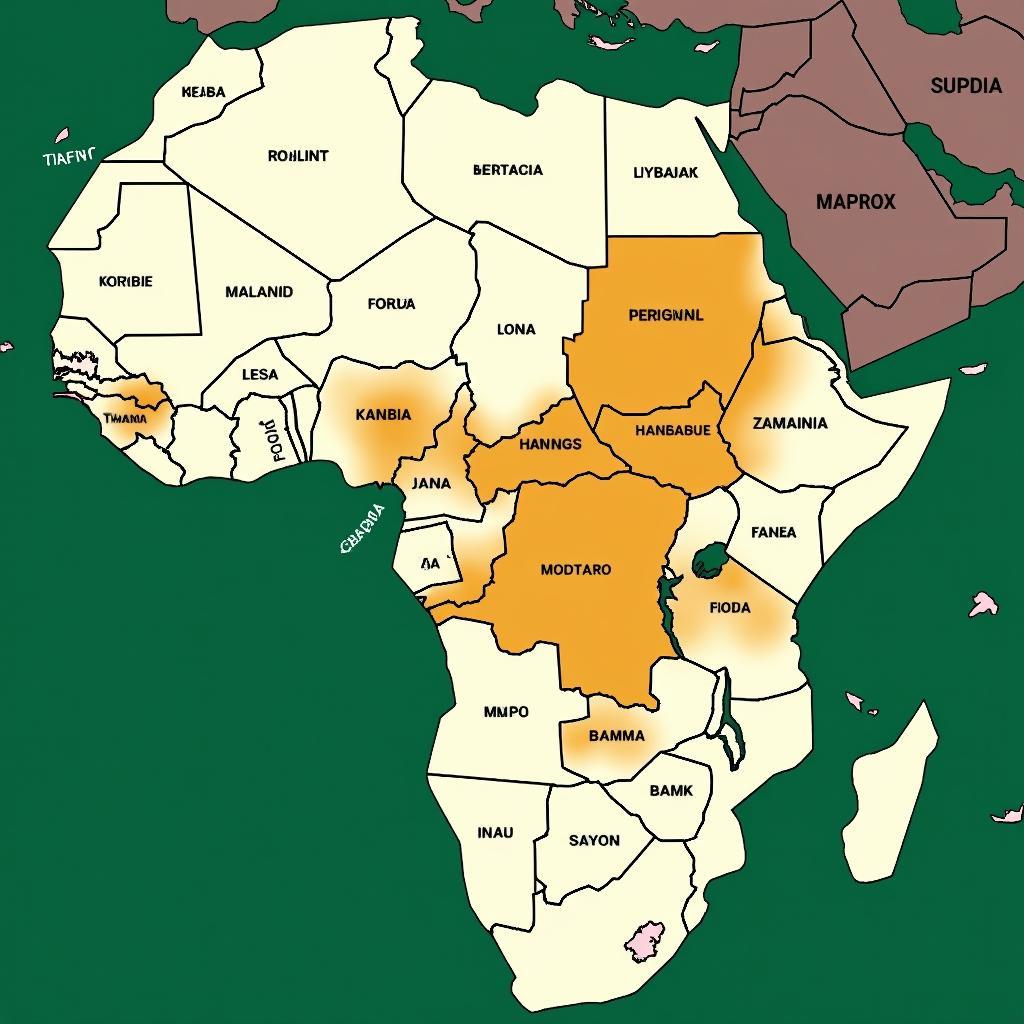African Dress Designs Images: A Vibrant Expression of Culture and Identity
African dress designs are more than just clothing; they are a powerful symbol of culture, identity, and heritage. From the intricate beadwork of the Maasai to the bold prints of the Yoruba, each design tells a story and reflects the unique traditions and beliefs of different African communities.
Exploring the Diversity of African Dress Designs
African dress designs are incredibly diverse, showcasing the continent’s rich cultural tapestry. Each region has its own unique style, influenced by factors such as climate, resources, and historical interactions.
The Significance of Fabrics and Patterns
The fabrics used in African dress designs are often handwoven or hand-dyed, reflecting a deep connection to nature and traditional craftsmanship. Natural dyes made from plants, minerals, and insects create vibrant and lasting colors. These fabrics are often embellished with intricate patterns and symbols that hold profound cultural meaning.
For example, the kente cloth of Ghana is woven with intricate geometric patterns that represent different proverbs, stories, and social roles. Similarly, the aso oke of the Yoruba people in Nigeria is a handwoven cloth known for its colorful stripes and intricate designs that often symbolize wealth and status.
The Power of Accessories
Accessories play a significant role in completing an African dress ensemble. From intricate headwraps to beaded necklaces and bracelets, these adornments enhance the beauty and cultural significance of the outfit.
The headwrap, for example, is a powerful symbol of femininity, spirituality, and social status in many African cultures. It can be styled in various ways, depending on the occasion and the wearer’s individual preference. Beads are another important accessory, often used to create necklaces, bracelets, and earrings that express wealth, social standing, and religious beliefs.
African Dress Designs in Modern Fashion
In recent years, African dress designs have gained global recognition, inspiring designers and fashion houses worldwide. The continent’s vibrant colors, intricate patterns, and unique silhouettes are finding their way onto runways and into the wardrobes of fashion-forward individuals.
Many contemporary African designers are reinterpreting traditional designs and incorporating them into modern styles, creating a fusion of heritage and contemporary flair. This movement is not only celebrating African fashion but also empowering African communities and promoting cultural appreciation.
A Visual Journey through African Dress Designs
Here are some stunning examples of African dress designs from different regions:
african-dress-designs-maasai-women|Maasai women in traditional dress|This image showcases Maasai women adorned in their vibrant red and blue beaded attire. Their elaborate hairstyles, intricate beadwork, and colorful necklaces highlight the cultural significance of their traditional dress. The Maasai dress code reflects their strong connection to their heritage and their nomadic lifestyle.
african-dress-designs-ghana-kente-cloth|Kente cloth in Ghana|This image displays a beautiful example of Kente cloth, a handwoven fabric with intricate patterns and vibrant colors. Each pattern in the cloth represents a specific proverb or story, making it more than just a fabric but a visual narrative of Ghanaian culture.
african-dress-designs-nigerian-aso-oke|Nigerian woman wearing Aso oke|This image shows a Nigerian woman wearing Aso oke, a handwoven cloth known for its colorful stripes and intricate designs. Aso oke is often worn for special occasions and symbolizes wealth and status within the Yoruba community.
African Dress Designs: An Inspiring Expression of Identity
African dress designs are a testament to the continent’s rich culture, creativity, and resilience. They offer a glimpse into the diverse traditions, beliefs, and values of different African communities. By embracing and celebrating these designs, we can contribute to the preservation of African heritage and promote a deeper understanding of the continent’s rich cultural tapestry.
FAQ
1. What is the significance of color in African dress designs?
- Colors often hold symbolic meanings, representing different aspects of life, nature, and spiritual beliefs.
2. What are some common materials used in African dress designs?
- Fabrics like cotton, linen, silk, and leather are commonly used, often handwoven or hand-dyed.
3. How can I learn more about African dress designs?
- Explore online resources, visit museums dedicated to African art and culture, and attend cultural events showcasing African fashion.
4. How can I incorporate African dress designs into my wardrobe?
- Look for contemporary designers who incorporate traditional elements into their designs or shop for authentic African fabrics and accessories.
5. Are there any ethical considerations when purchasing African dress designs?
- Make sure to support fair trade practices and ensure that the garments are made ethically and sustainably.



